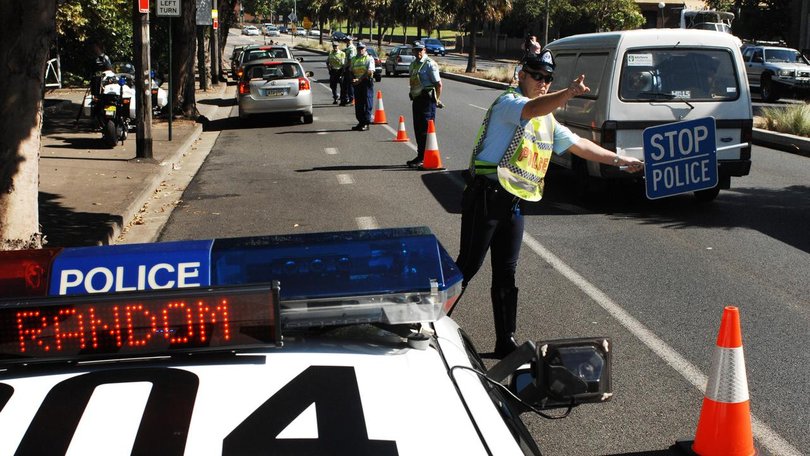Drug-driving positive rates now one-in-10 as crash deaths spike in NSW

An increase in roadside drug testing is being urged after NSW fell well short its own targets, despite a spike in drug-related driving deaths.
A report from motoring body NRMA found one-in-10 NSW drivers who undertook a roadside drug test delivered a positive result, as the state carried out 160,000 tests in 2023.
That is well below the government’s target of 200,000 test per year.
Sign up to The Nightly's newsletters.
Get the first look at the digital newspaper, curated daily stories and breaking headlines delivered to your inbox.
By continuing you agree to our Terms and Privacy Policy.A total of 79 people died in drug-related crashes in 2023, up from 55 in 2022.
NRMA spokesman Peter Khoury said a lift in random drug testing was urgently needed.
“It is extremely alarming that one-in-10 drivers pulled over for a random drug test on the side of the road tested positive at the same time that we are seeing a huge spike in deaths - jumping 44 per cent in one year,” he said.
“Too many Australians are driving high and it’s clear we need to ramp up enforcement and to boost education campaigns around ending this dangerous behaviour.”
The NRMA’s Driving High report found cannabis was the drug used in 70 per cent of drug-related crashes, beating out methylamphetamine (43 per cent) and cocaine (seven per cent).
A whopping 85 per cent of drivers involved in fatal, drug-related crashes were males.
Along with hitting the target of 200,000 roadside drug tests by 2026, the NRMA wants police to be given more resources to have stronger visibility on the road.
It also called for better public education about the dangers of drug-driving.
In October, a NSW Bureau of Crime Statistics and Research report questioned the deterrent effect of the roadside drug testing scheme because a spike in charges was not matched with an increase to the proportion of positive tests.
More than 13,800 drug driving offences were recorded across NSW in 2023, up a staggering 836 per cent from the 1409 logged in 2014.
However, only 39,000 tests were performed in 2014, a tally that had grown to 156,000 by 2023.
The bureau found no evidence the increase was driven by a change in drug use or driving behaviour.
